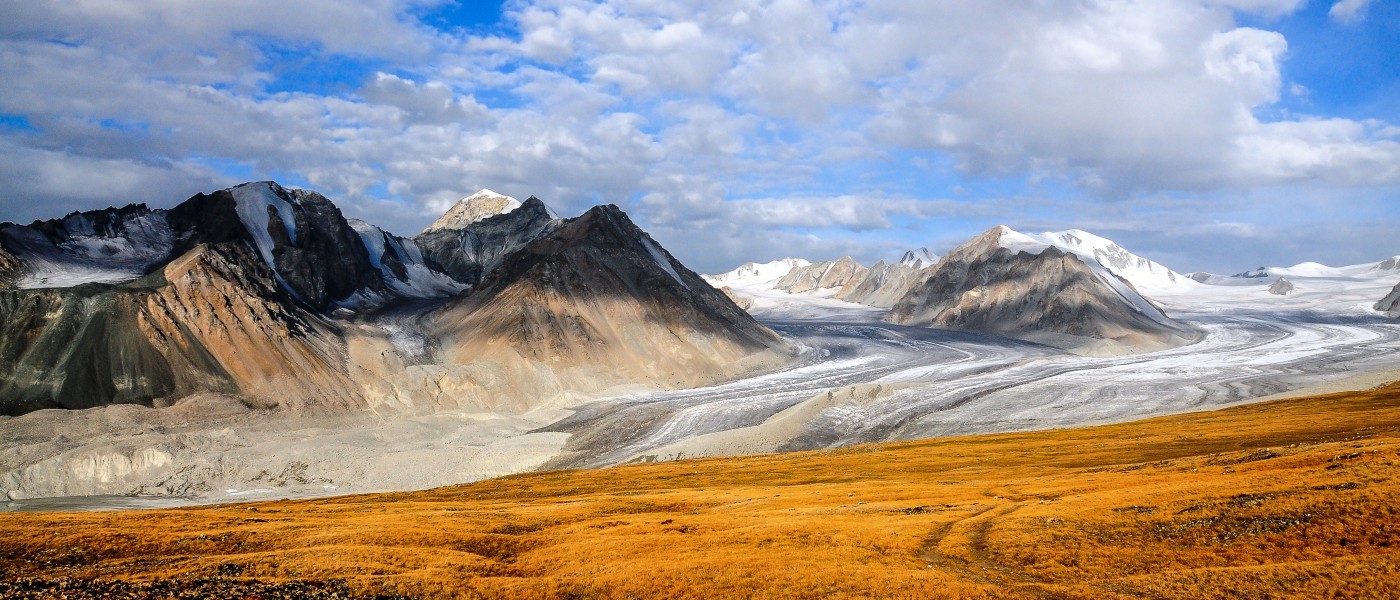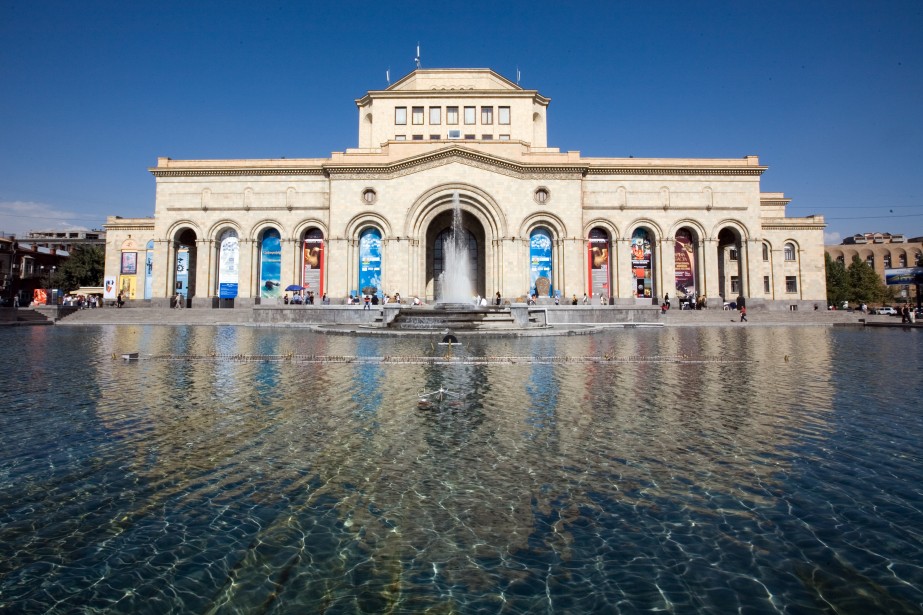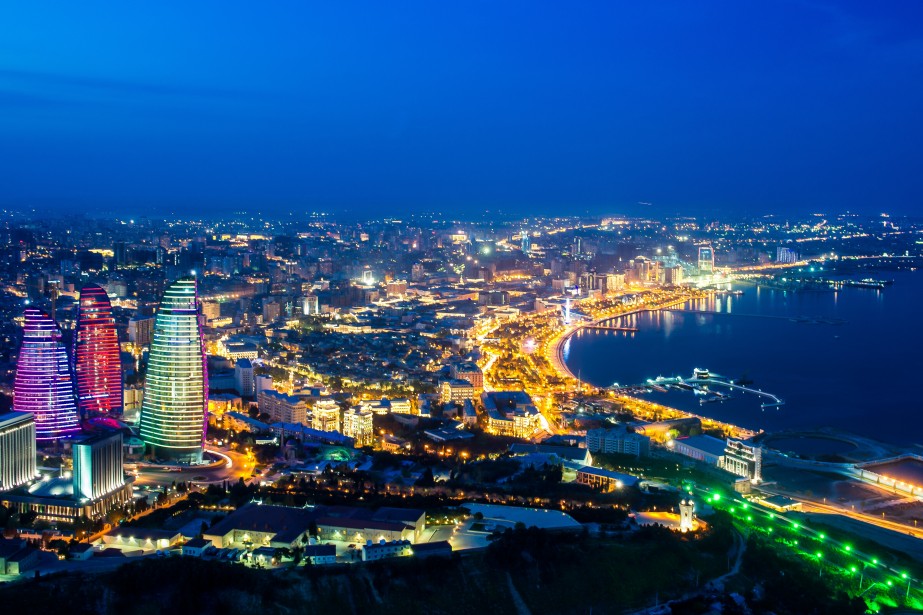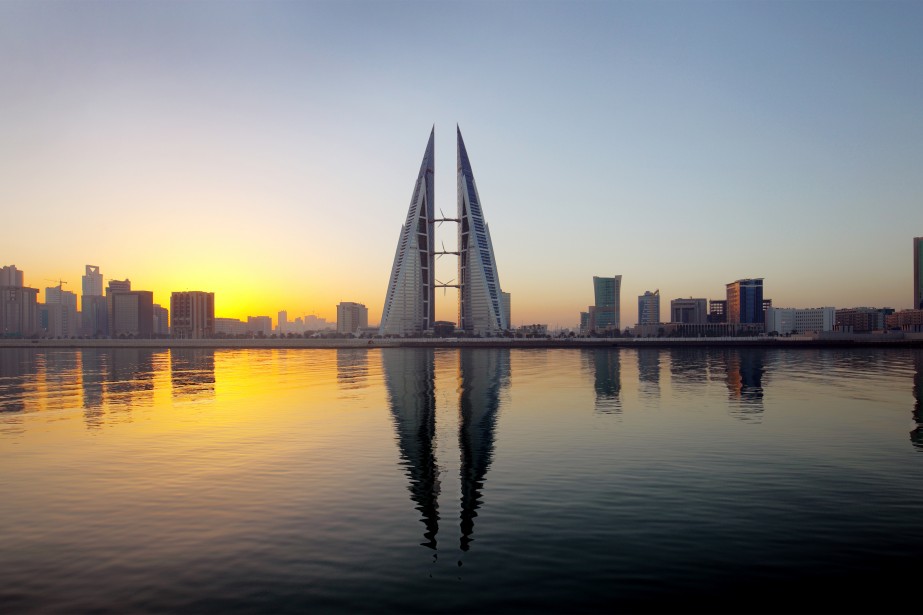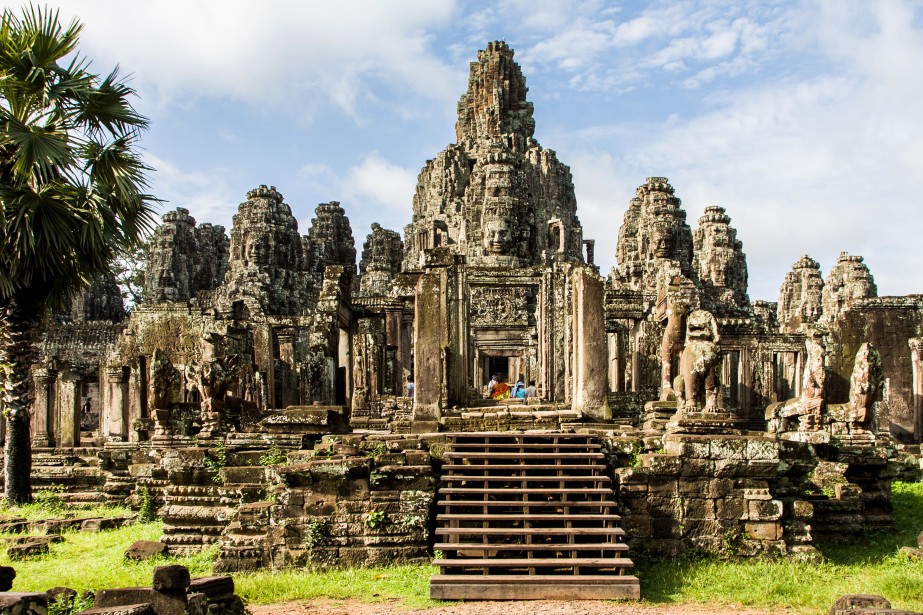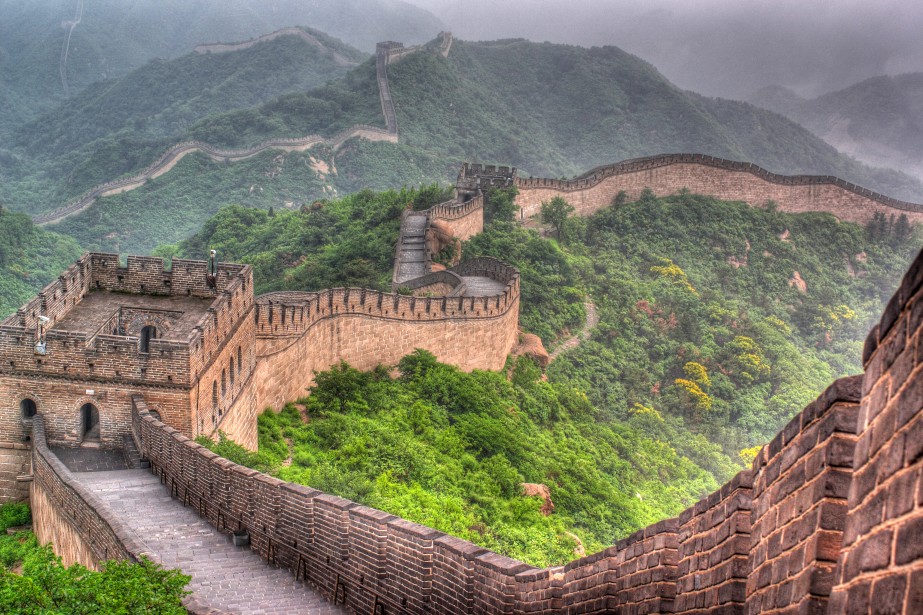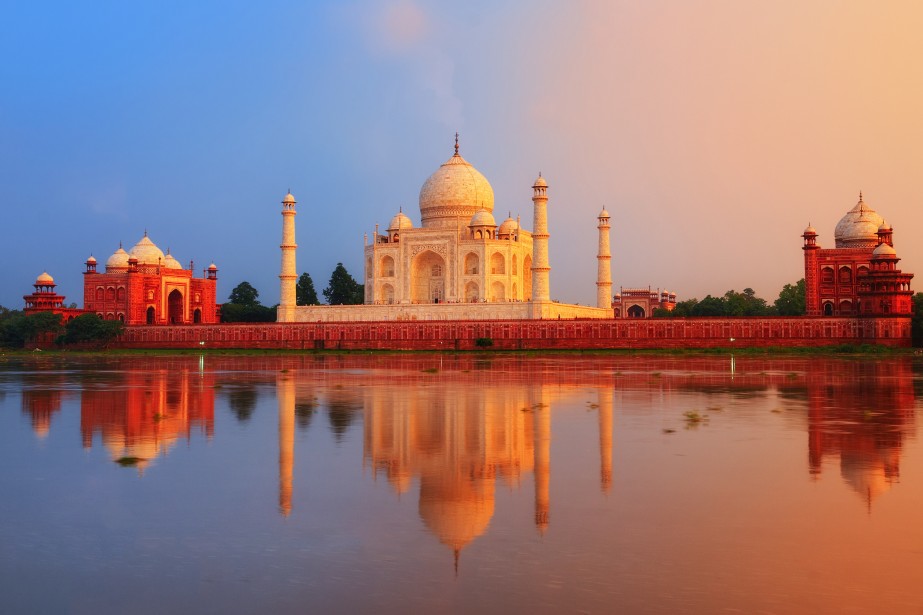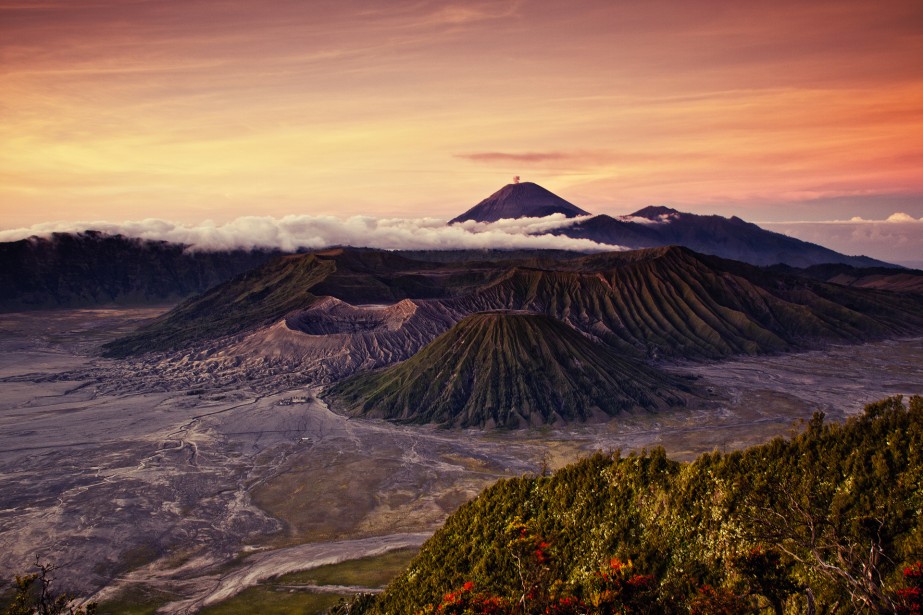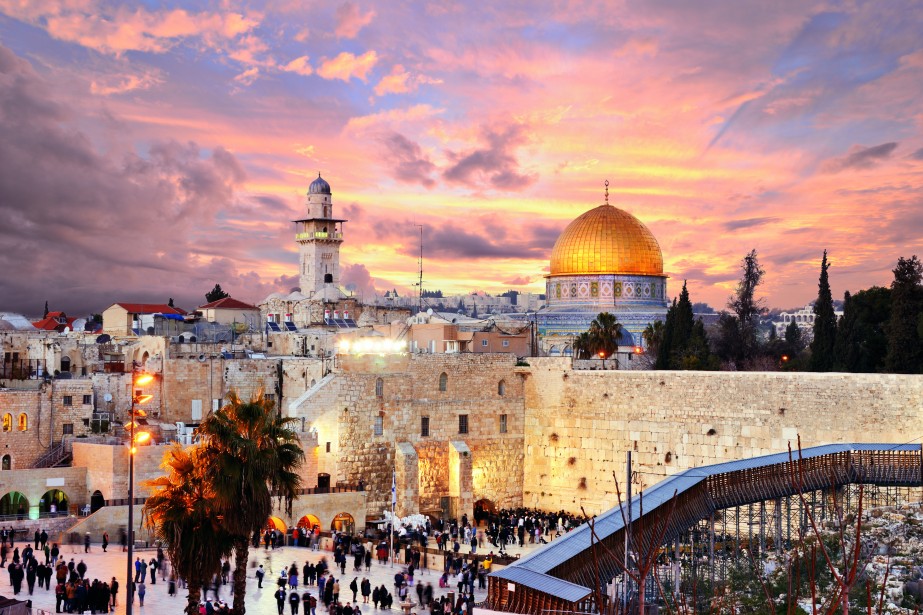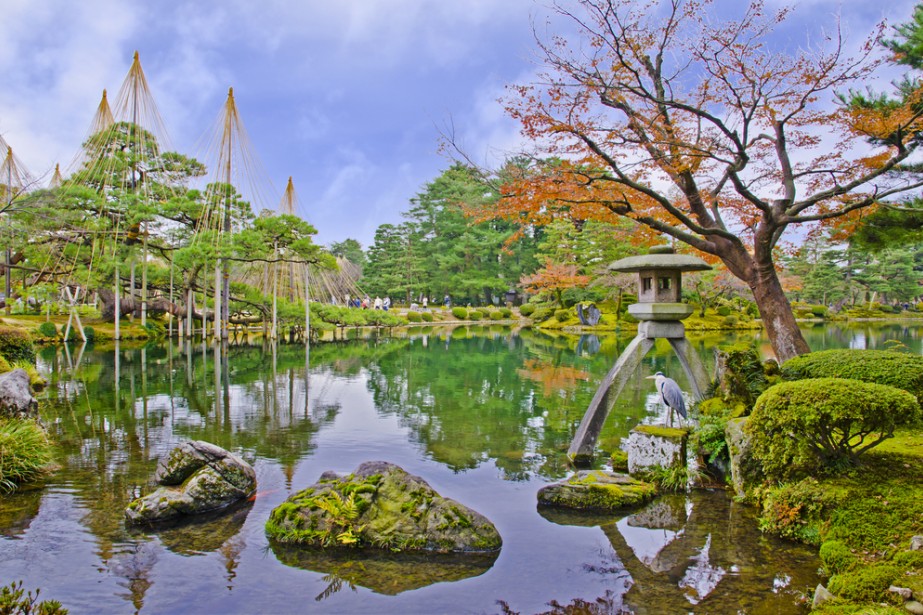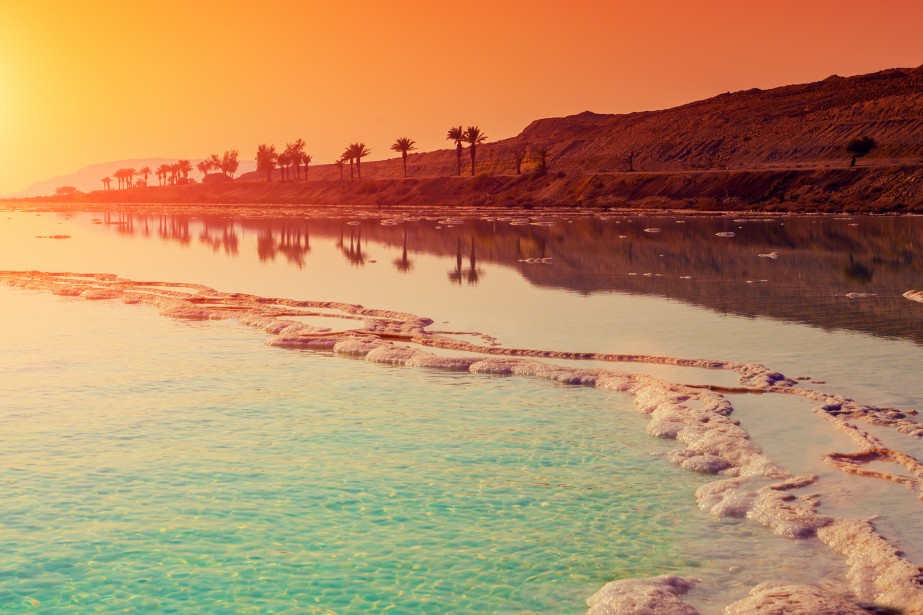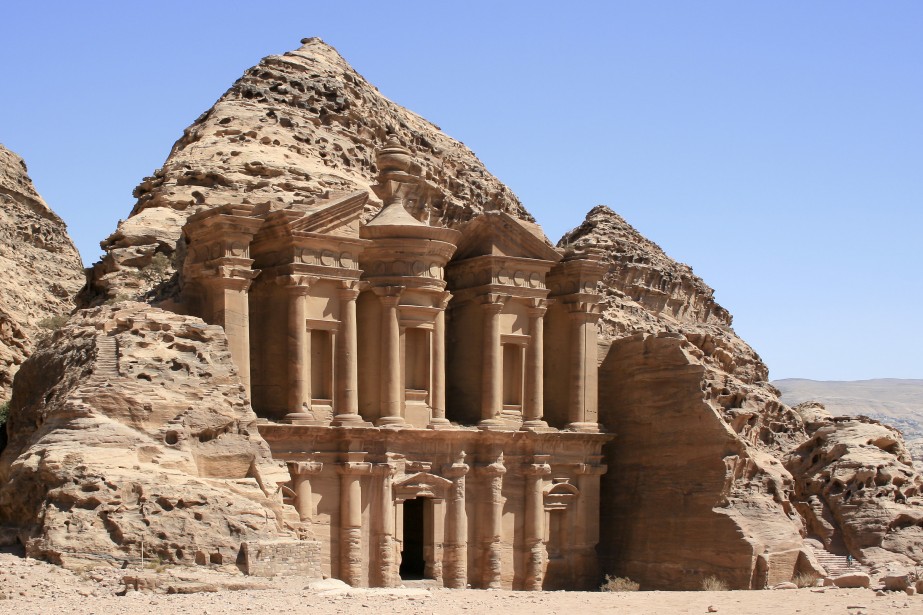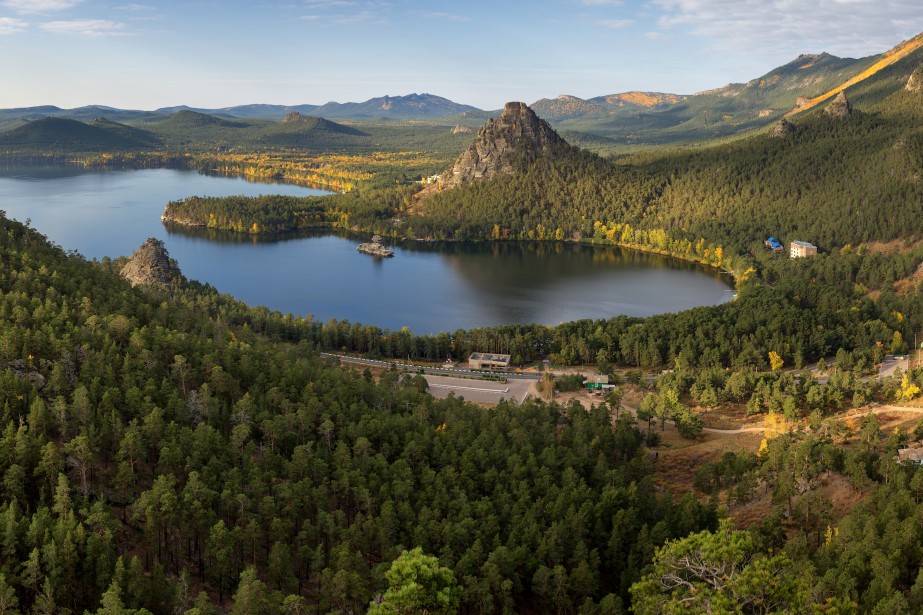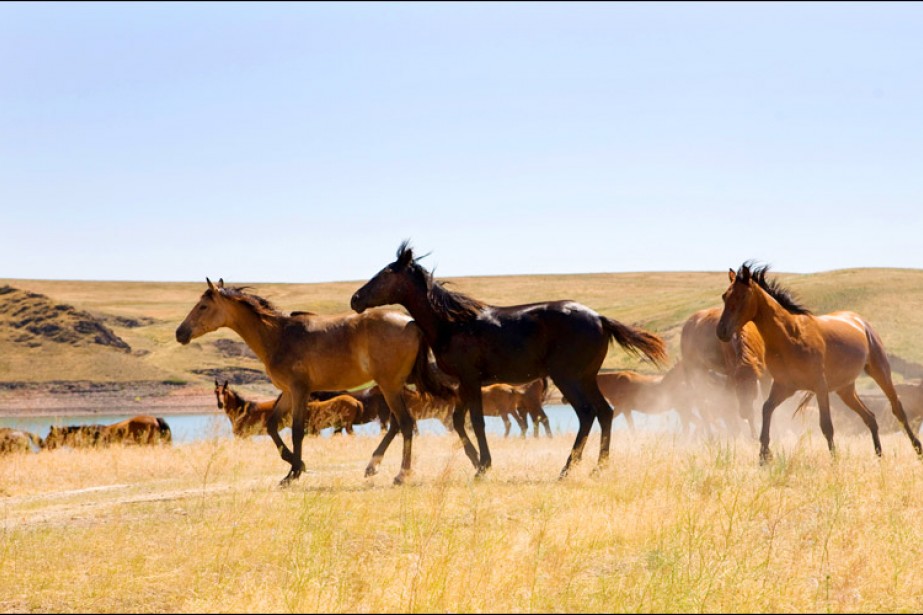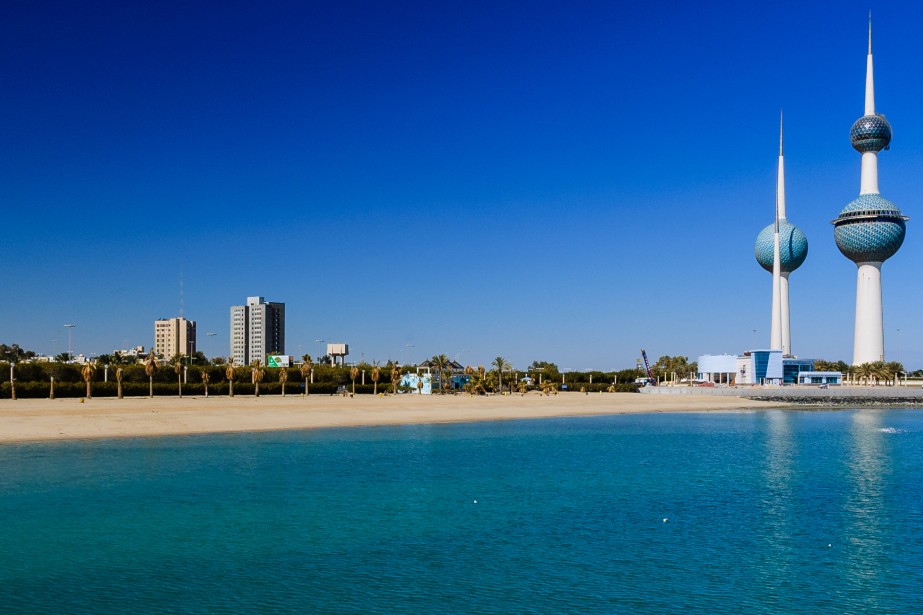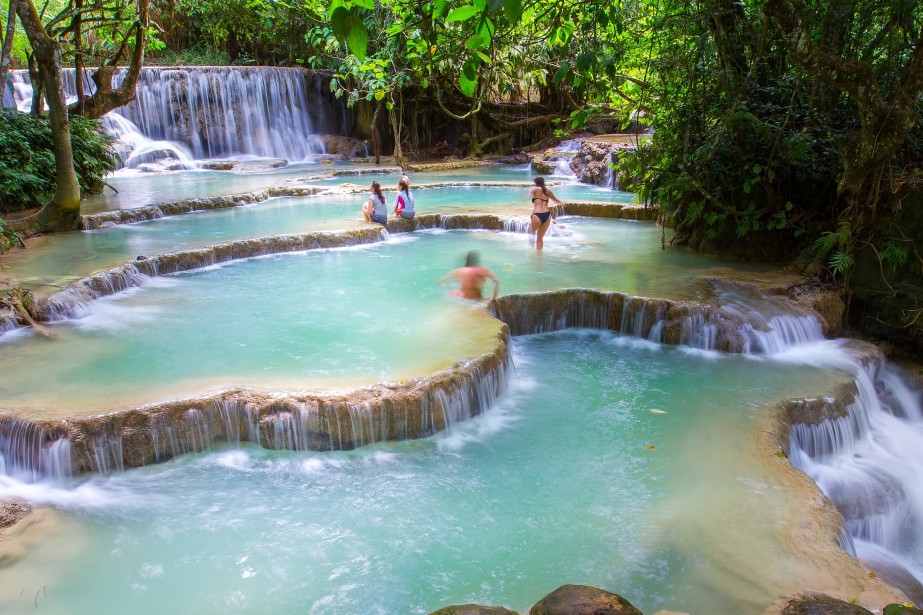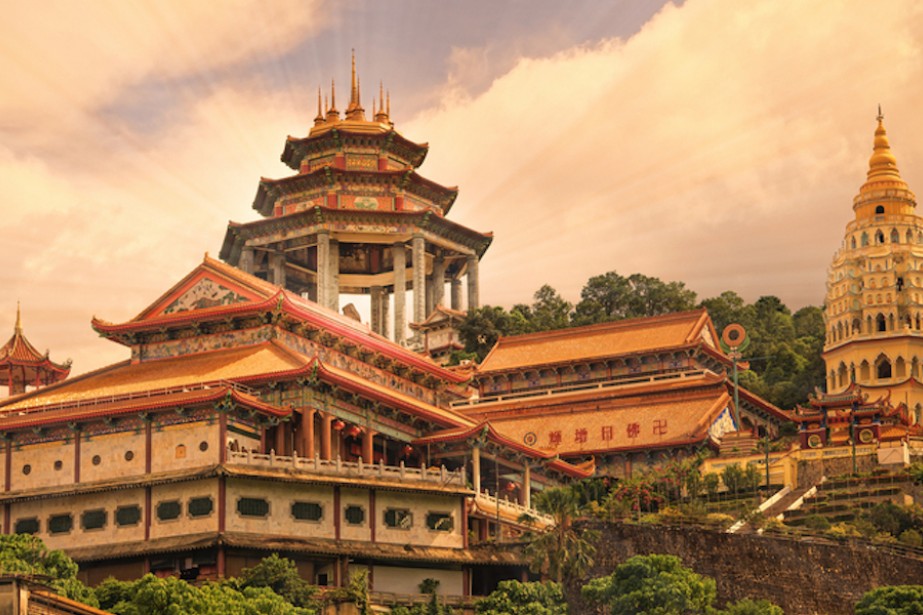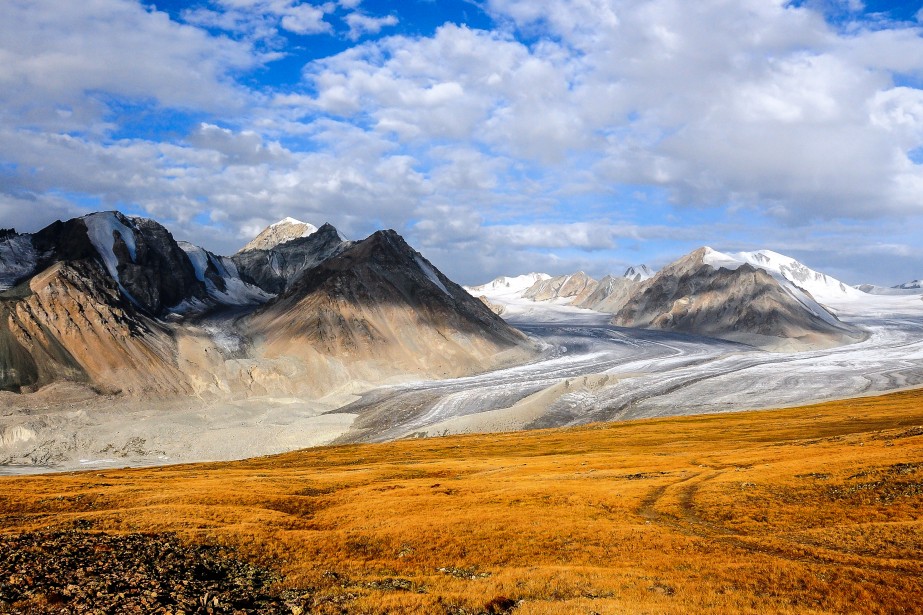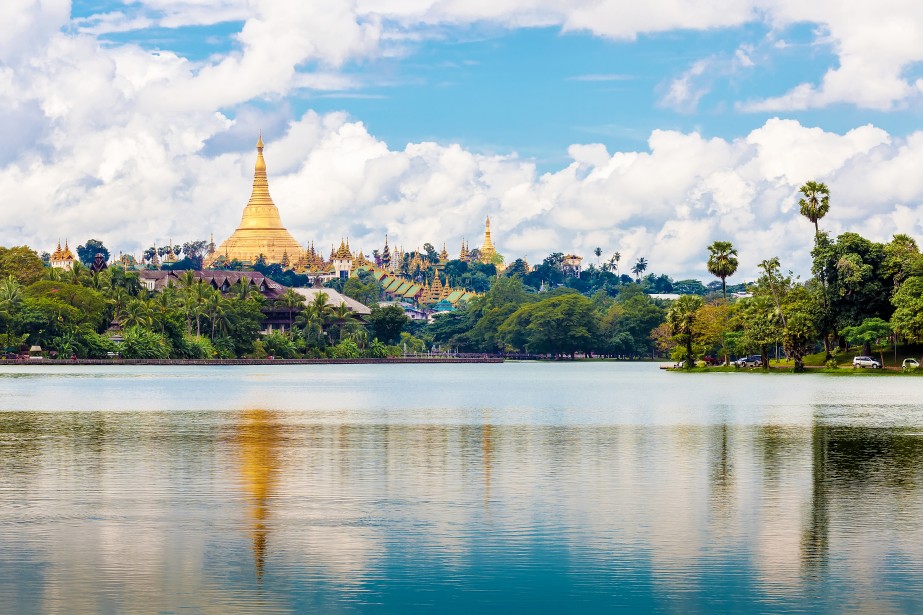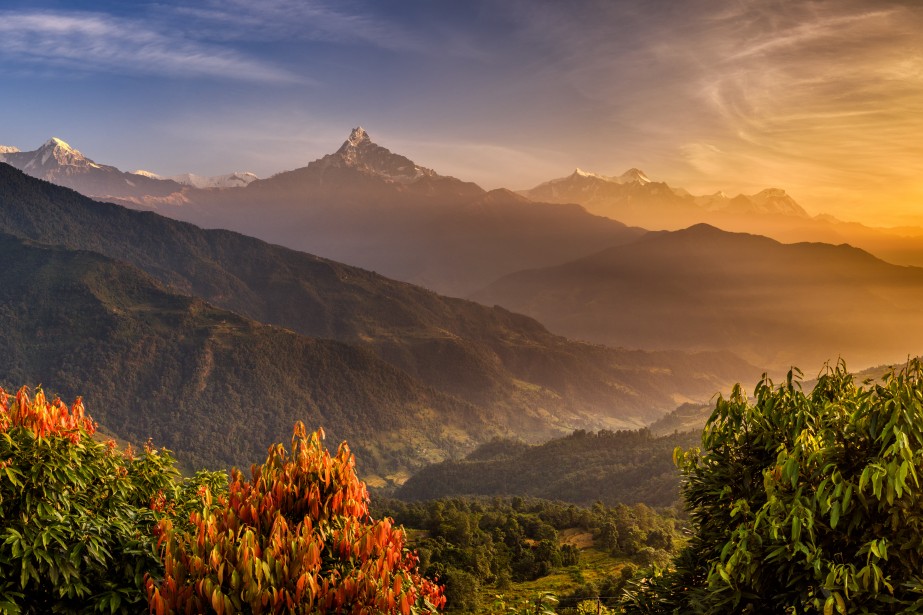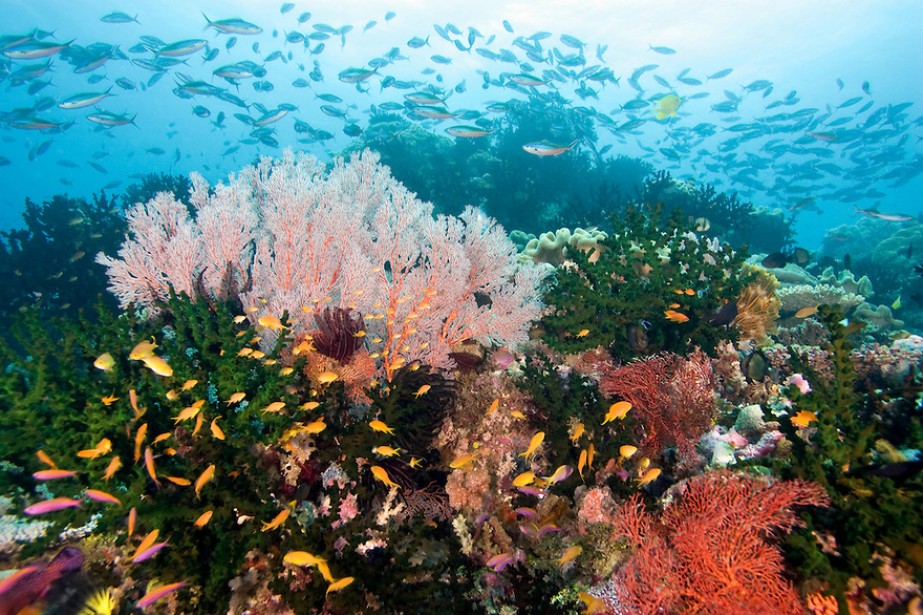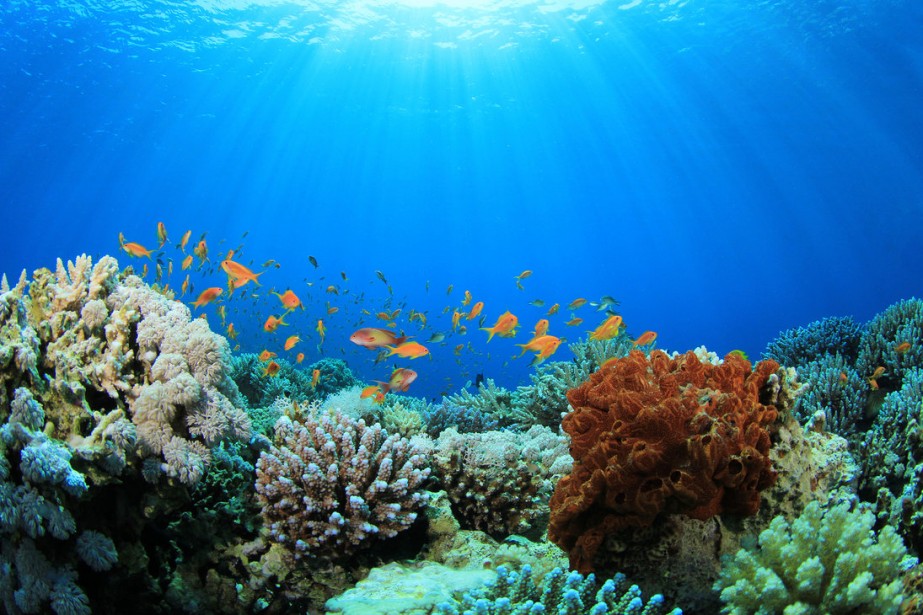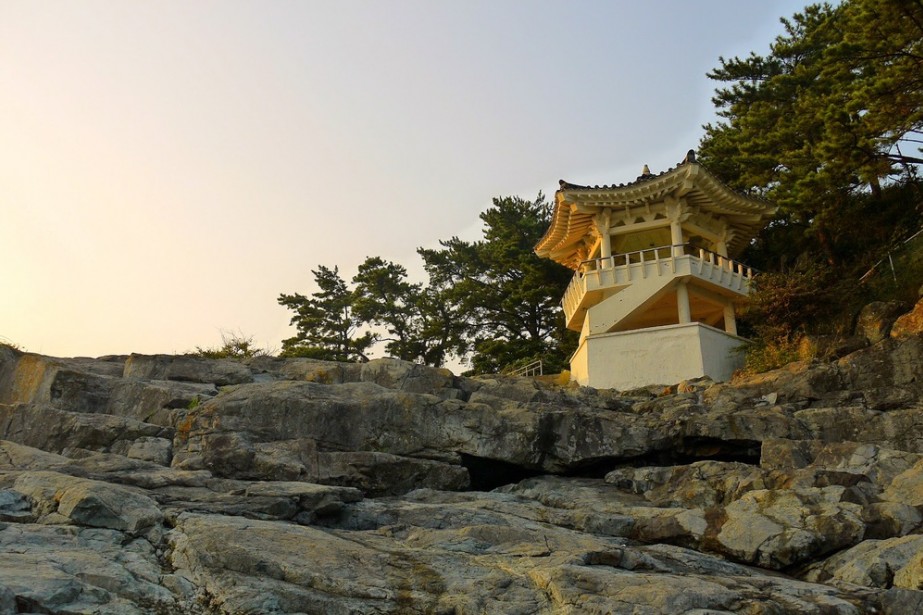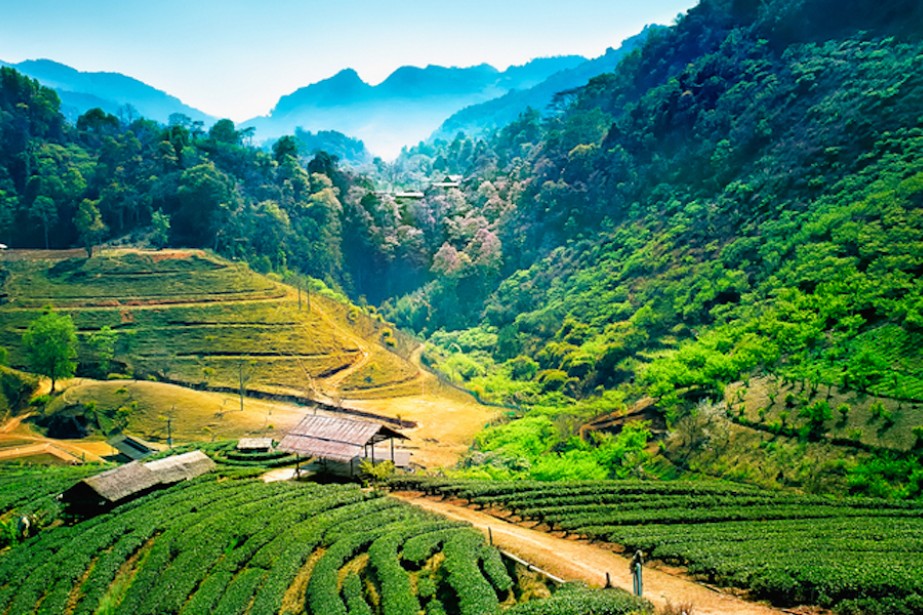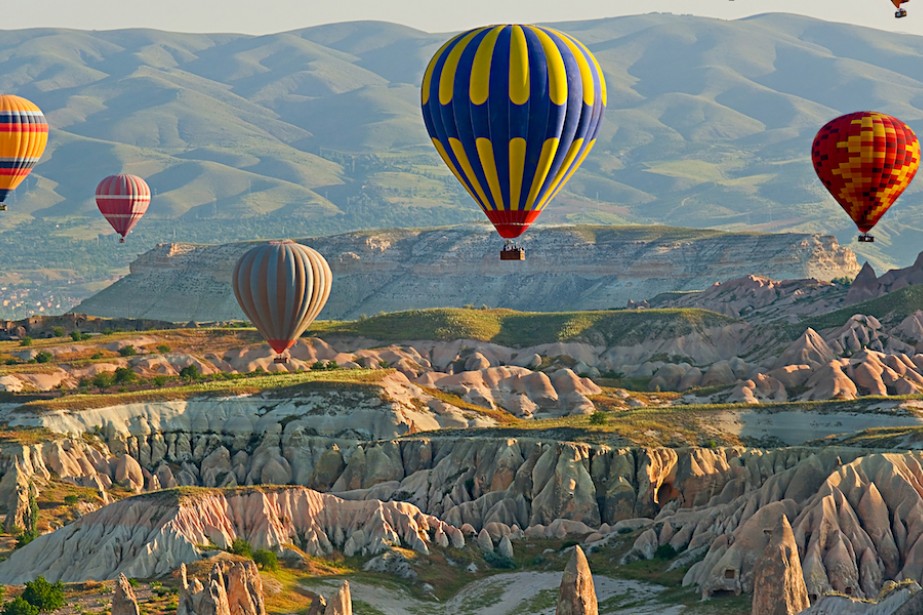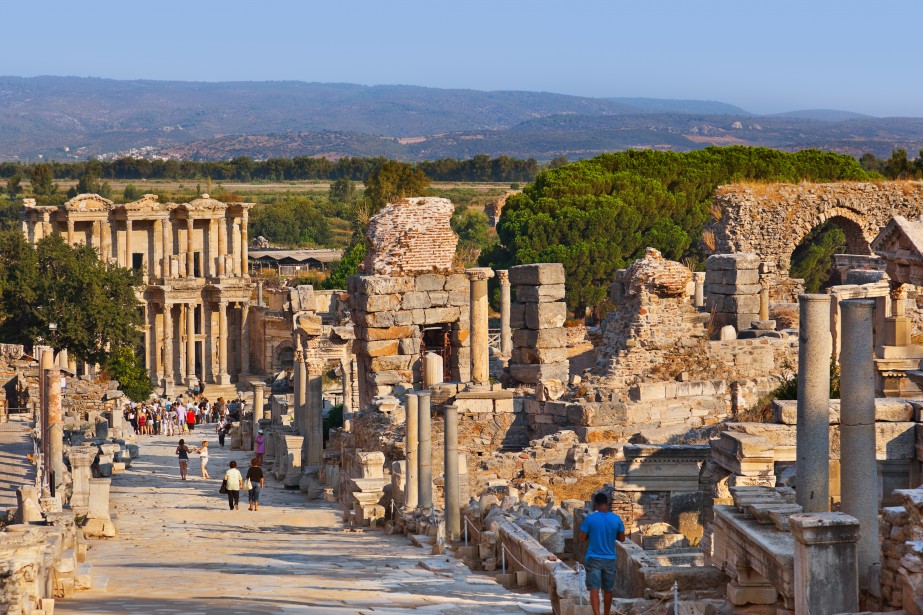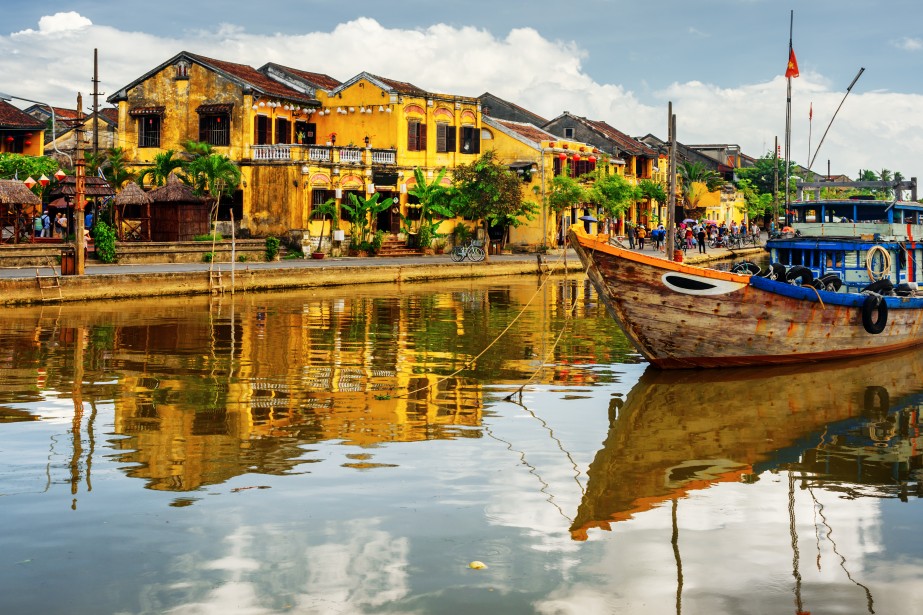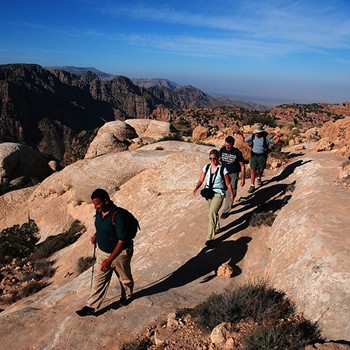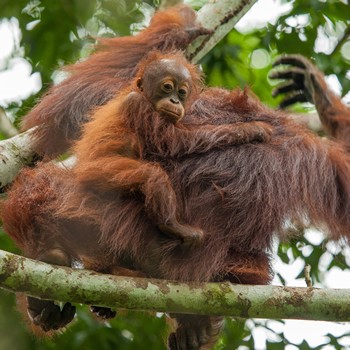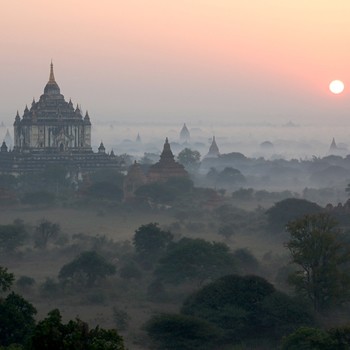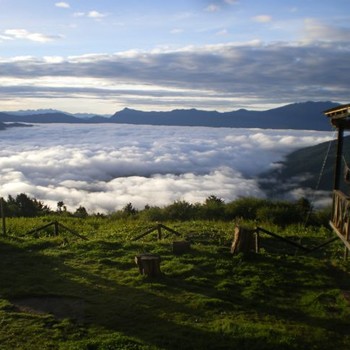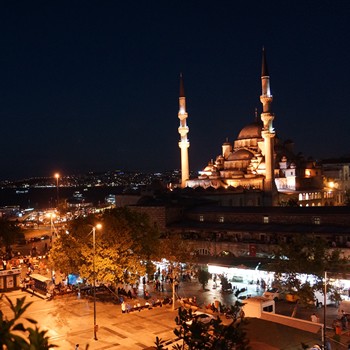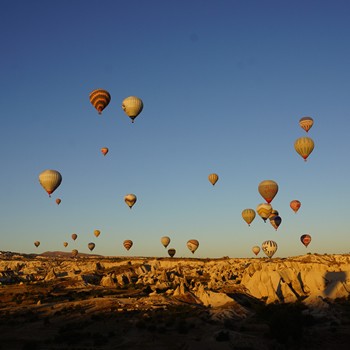Submitted by Coralie on November 17, 2015
An Overview – Mongolia
Mongolia is said to be a country living still separated from the modern world, and this is both true and false. True, a good part of the population still lives a nomadic life, sleeping in yurts and making their own food. False, Ulan-Bator is as modern a city as you can imagine, with wifi and cellphones just as anywhere else in the world.
Mongolia is slowly opening to tourism, trying to encourage visitors to come. Still, the harsh life conditions due to the weather and the comparative poverty are keeping Mongolia away from mass tourism. With its deserted steppes, forests and desert and its breathtaking landscapes, Mongolia is now a land made for adventures.
Hiking is of course a perfect solution to discover Mongolia, but the best is to imitate its inhabitants and discover the country on horse back, the choice mode of transportation for Mongolian nomads. This discreet way of going about will also increase the chance of wildlife spotting. Mongolia is indeed a land with more animals than humans, like antelopes, yacks, camels, free horses, and wolves. Those can be frightening at times, especially if you choose to sleep in a yurt, the local way, but, as the Mongolians will say, you just have to slap them on the nose!
Mongolia is also one of the easiest destination to familiarize yourself with a foreign culture, because their traditions are still very much a part of every day life. From the nomadic lifestyle to the numerous festivals displaying traditional sports and games, getting to know these very friendly people is an easy task for the traveler.
Through the steppes and the taiga, past a myriad of crystal clear lakes, discovering the land on horse back, Mongolia will leave a lasting impression, as it's a completely unique country with traditions and a lifestyle that are, still to this day, leaving in their own bubble, apart from the fast pace of the modern world.
When to Travel – Weather
Weather in Mongolia can be very extreme. Winters are long and very cold, reaching -40°. Summers are short, with a little bit of rain. Although rain is mostly only falling in the summer, and the country is sunny most of the year, the biggest challenge to traveling in Mongolia is the brutal changes in weather that can happen at any time in any season. Even in summer, it's essential to bring very warm clothes.
The wind is also a factor, often very strong, sometimes creating sand storms in the spring. In the south, the Gobi desert is often too hot for traveling in summer.
The best time to travel in Mongolia depends on the region. Most of the time, the best is to go in July or August. On the other hand, to visit the Gobi Desert, it's best to go earlier in the year, before the days are too hot.
Mongolians also often celebrate their traditions in big festivals all over the country. It's definitely a unique opportunity that no one should let go of if they're in the country at the right time. The most popular ones are Naadaam in July, a series of traditional games, the Altaï Equestrian Games in July and the Eagle Festival in Bayan-Olgii in October. All well worth a detour if possible.
Mongolian Cuisine and Drinks
Mongolian cuisine is rarely the highlight of the trip. The food is rather bland, made with mutton meat, cabbage, potatoes and rice. For the nomad population, the meals are usually constituted of nothing but pasta and rice and soup made from rice and meat. Vegetables are not very present. In summer, Mongolians eat more dairy in the form of cheese and cream, with boortsog (bread). All this food is generally very filling and greasy, but efficient to fight off the cold.
Luckily, travelers won't have to follow that diet unless they travel with the nomadic tribes. In Ulan-Bator, restaurants offer dishes from all around the world, but mainly from China and Russia.
Meals are always accompanied with a delicious black tea from China, drank with salt, milk and sometimes butter. Another typical beverage is the aïrag, fermented milk that's turned into a very mild alcohol, contrary to the distilled cow milk called arkhi, to drink with caution and a strong stomach.
Popular Sights in Mongolia
Gobi Desert and Khongor Dunes – The Gobi Desert is becoming more and more popular, organized tours on camel backs are becoming more numerous, and for a good reason. This unique landscape will make the traveler feel small in front of these Khongoryn Els, these sand dunes going as far as the eye can see, always swept by violent winds.
Bayanzag – In the Gobi Desert, this site is famous for the astounding number of dinosaur's bones and eggs found there. Beyond archeological curiosity, the place itself is stunning, the rocks and red sands have earned it the surname of “Flaming Cliffs”.
Yolyn Am – Situated in the Gurvan Saikhan Mountains, Yolyn Am is a narrow gorge made famous by the creation in winter of an ice field at its bottom, that then miraculously sticks all year round, thanks to the shade provided by the sides of the canyon, the ice going several meters deep. These last few years, the ice has disappeared around September.
Ulan-Bator – The complete opposite of the deserted plains of Mongolia, the capital of Ulan-Bator is bustling with life. Still, some quiet places to discover the culture are to be found in the Gandan Monastery, the Choijin Lama Monastery or the Bogd Khaan Palace Museum. The Naadaam Festival, a competition in the three traditional Mongolian sports : racing, horse racing and archery, happens in the city from July 10th to 12th.
Amarbayasgalant Monastery – A mix of Chinese, Tibetan and Mongolian architecture, this is one of the most important monasteries in Mongolia. The colors and details of the architecture are amazing, and this monastery situated at the foot of an impressive mountain is really worth a detour.
Khorgo-Terkhiin Tsagaan Nuur National Park – Between lava fields, volcanic craters and the unbelievable sight of the glistening Great White Lake, this National Park is the perfect place to connect with nature. Hiking, camping, horse riding, all are activities available from the nearby village of Tariat. Even if it's just to admire the landscape, this National Park is one of the most beautiful natural place in Mongolia.
Gun-Galuut Nature Reserve – In the Töv Province, this place will make you connect with the nomadic lifestyle that is still the way of life of a good part of the Mongolian Population. Staying in a yurt there, horse riding across the plain and observing the varied wildlife, might be one of the best and most authentic memory you can make from a trip to Mongolia.
Orkhon Valley – Orkhon Valley is a beautiful place in the province of Ovorkhangai. It was, and still is, used regularly as a camping ground by the nomad Mongolian tribes. In consequence, the valley is peppered with many historical vestiges from varied cultural backgrounds such as Turkish memorials and many monasteries.
Karakorum – This town near the Orkhon Valley is worth a visit to see Xar Bulgas, the ancient capital of the Uigher Empire. Other sights are the Bilge Khaan Memorial and the Tovhon Temple.
Khövsgöl Nuur – One of the most impressive sights in Mongolia, this huge lake is situated at the extreme south of Siberia. Not only does it offer a lot of activities for travelers, like hiking, biking or kayaking on the lake, it's also an important place in Mongolian culture. It's a spiritual site, inhabited by “naga”, water spirits, and often visited by shamans.
Practical Info
Currency – The Tugrik (Tg) is used in Mongolia. Notes exist in 10 000, 5000, 1000, 100, 50 or 20 Tg. In Ulan-Bator, it's easy to exchange money and a few ATMs can be found to get cash through a credit card. We don't recommend exchanging money at the airport desk, because of the elevated fees. Outside of the capital, it's cash only. Credit cards and travelers cheques are not accepted. In restaurants, it's expected to leave a small tip.
Health – It's best to see a doctor at least one month before a trip to Mongolia to check on your vaccinations. In case of bites by strayed animals, it's best to go back to Ulan-Bator for a rabies vaccination at once. Water should always be boiled or purified to eliminate all risks of parasites.

